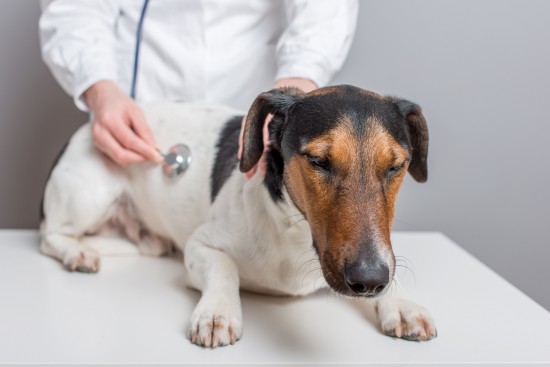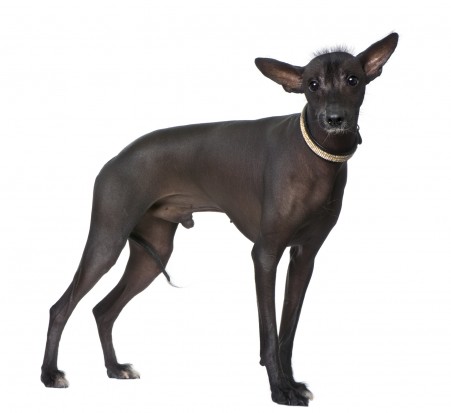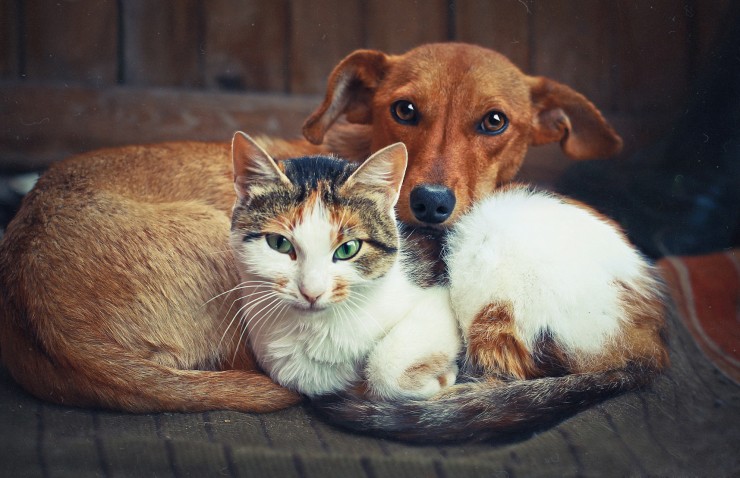
Cancer in dogs is like cancer in humans, no one fully understands why it happens or what causes it. They can occur in all breeds of dogs, male or female, at any age, on any part of the body. Some purposed theories for developing mast cell tumors in dogs are genetic but there are so many factors, viruses, or other environmental contributors that the truthful answer continues to remains a mystery. Mast cell tumors are extremely common in dogs and canvary in shape, size,appearance, and location on the dog’s body. Some are benign, while others are malignant and cancerous. While we think of benign tumors in as nothing to worry, unfortunately, they can cause problems in dogs. The issue lies in the chemicals they release into the dog’s system. The dog’s normal mast cells release histamine and other enzymes when allergies or an infection is present, but when the cells release the chemicals in excess it can be damaging to the body.
For mast cell tumors, veterinarian first choice is to surgically remove the entire tumor, if that is possible. The idea is to rid the body of the harmful and possibly capture any stray cancerous cells. In some areas,such as a leg or paw, it is extremely difficult to remove sufficient tissue to satisfy this 2-3 cm rule. Once removed, the tumor is then taken to a laboratory for examination, and a report is generated. Specialist doctors can then determine of whether or not the tissue from the dog is clean and shows any signs of cancerous cells. If the cancerous area is larger than they thought,more surgery or radiation may be indicated to attempt to remove or kill any remaining cancerous cells. While dogs that have had mast cell tumors are more likely to develop more mast cell tumors again, studies suggest that 50% of surgically removed mast cell tumors will re-grow in the same area. Dogs that are tumor-free after 6 months are considered unlikely to show a recurrence. Along with surgery there are drugs treatment that will reduce, if not cure the mast cell tumors in the dogs.
If you notice the following symptoms in your dog, including the obvious lumps or growths, seek the help from your local veterinary; loss of appetite, diarrhea, abdominal pain, discolored feces, itchiness, lethargy, anorexia, irregular blood pressure, coughing, vomiting, trouble breathing, bleeding disorders, slow wound healing, swollen lymph nodes. It’s sometimes difficult to tell if some dogs are lethargic. Some dog breeds are just inherently just maybe more calm, but it doesn’t hurt to keep an eye out. Common sense advice recommended for pet owners to reduce canine cancer would be to; limit a dog’s exposure to smoke, pesticides and other poisonous chemicals, which have been said to increase risk of cancer. Also, keep your dog fit with regular exercise and feed it dog food without cheap fillers, such as grain, wheat, corn, beets, etc. Because the cause of cancer is ultimately unknown, the best one can do is to maintain their pets overall health and be alert to signs of tumor growth or ill health.
 Horses And Ponies Native To The British Isles
Horses And Ponies
Horses And Ponies Native To The British Isles
Horses And Ponies
 How To Recognise And Deal With Internal Bleeding In Dogs
How To Recognise
How To Recognise And Deal With Internal Bleeding In Dogs
How To Recognise
 Which Showing Class Is Best For My Horse Or Pony?
Which Showing Cla
Which Showing Class Is Best For My Horse Or Pony?
Which Showing Cla
 The Peruvian Inca Orchid – An Adorable Hairless Dog
The Peruvian Inca
The Peruvian Inca Orchid – An Adorable Hairless Dog
The Peruvian Inca
 The Five Greatest Similarities Between Dogs And Cats
The Five Greatest
The Five Greatest Similarities Between Dogs And Cats
The Five Greatest
Copyright © 2005-2016 Pet Information All Rights Reserved
Contact us: www162date@outlook.com